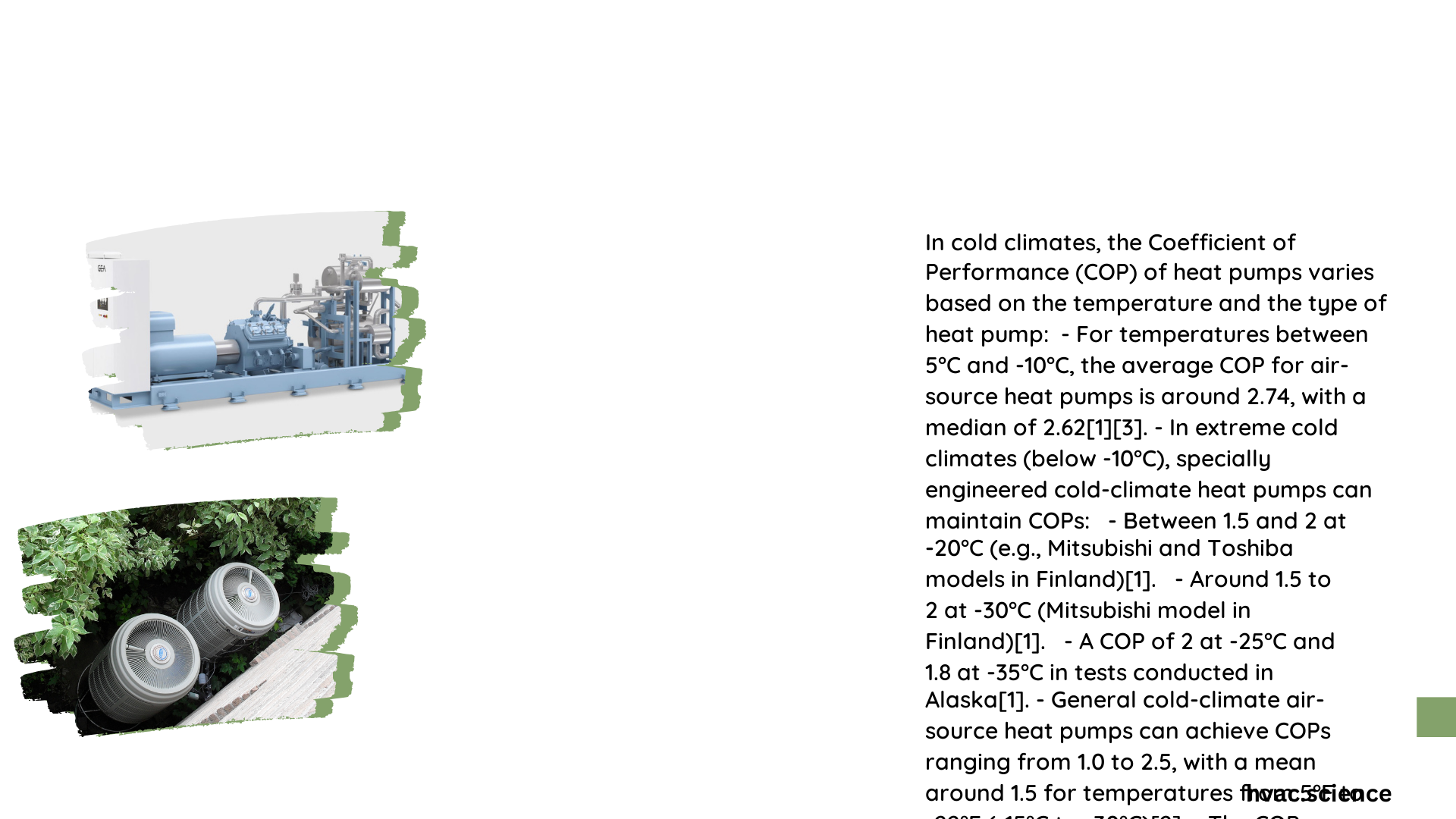Cold climate heat pumps represent a sophisticated technological solution for maintaining efficient heating performance in extreme low-temperature environments. The Coefficient of Performance (COP) for these advanced systems demonstrates remarkable adaptability, ranging from 3.2 at 30°F to approximately 1.4 at -10°F, showcasing their ability to extract heat energy efficiently even under challenging climatic conditions. Understanding these performance characteristics is crucial for homeowners and energy professionals seeking reliable and sustainable heating solutions.
What Determines Cold Climate Heat Pump COP?
How Does Temperature Impact Heat Pump Performance?
Temperature plays a critical role in determining the Coefficient of Performance (COP) for cold climate heat pumps. As outdoor temperatures drop, the system’s efficiency naturally decreases, but modern technologies have significantly improved low-temperature performance.
COP Performance Across Temperature Ranges
| Temperature | COP Range | Performance Characteristics |
|---|---|---|
| 30°F (-1°C) | 3.2 – 3.7 | High efficiency zone |
| 5°F (-15°C) | 1.8 – 2.8 | Moderate performance |
| -10°F (-23°C) | 1.4 | Reduced but functional |
| -20°F (-29°C) | 1.0 – 1.5 | Minimal operational efficiency |
What Factors Influence Cold Climate Heat Pump Efficiency?
Several key factors contribute to heat pump performance in cold climates:
- Compressor Technology
- Advanced inverter-driven compressors maintain higher efficiency
- Allows for variable speed operation
-
Reduces energy consumption during partial load conditions
-
Refrigerant Characteristics
- Low-temperature refrigerants enable better heat extraction
- Modern refrigerants like R-32 provide improved performance
-
Enhanced thermodynamic properties support lower temperature operations
-
Heat Exchanger Design
- Larger surface area heat exchangers
- Enhanced fin designs for improved heat transfer
- Specialized coatings to increase thermal conductivity
How Do Manufacturers Optimize Cold Climate Performance?
Manufacturers employ sophisticated strategies to enhance heat pump performance:
- Enhanced Defrost Cycles
- Intelligent defrosting mechanisms
- Minimizes efficiency losses during frost formation
-
Reduces energy consumption during defrost operations
-
Electronic Expansion Valves
- Precise refrigerant flow control
- Adapts to changing temperature conditions
- Maintains optimal system efficiency
Practical Considerations for Cold Climate Heat Pump Selection

What Should Homeowners Consider?
When selecting a cold climate heat pump, consider:
- HSPF Rating: Higher values indicate better seasonal performance
- Low-Temperature Operational Range
- Installation Location and Insulation
- Local Climate Characteristics
Cost and Installation Factors
| Factor | Estimated Cost Range |
|---|---|
| Equipment | $2,000 – $10,000 |
| Labor | $1,000 – $3,000 |
| Additional Materials | $500 – $2,000 |
Technical Performance Insights
Cold climate heat pumps demonstrate remarkable engineering, maintaining COPs between 1.0 and 3.7 across diverse temperature ranges. Field tests in extreme environments like Finland and Alaska confirm their reliability, with some models achieving COPs above 2.0 even at -20°C.
Conclusion
Understanding cold climate heat pump COP requires comprehensive analysis of temperature, technological innovations, and system design. Continuous advancements promise even more efficient solutions for challenging heating environments.
